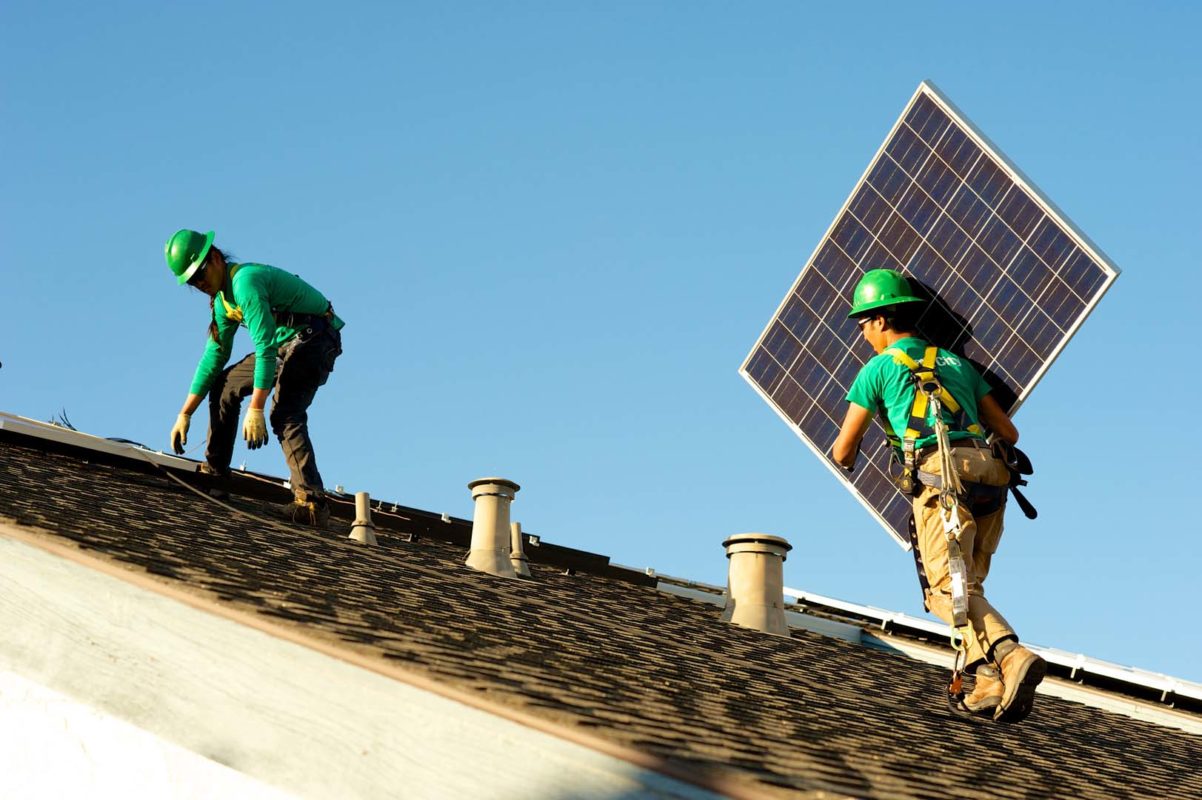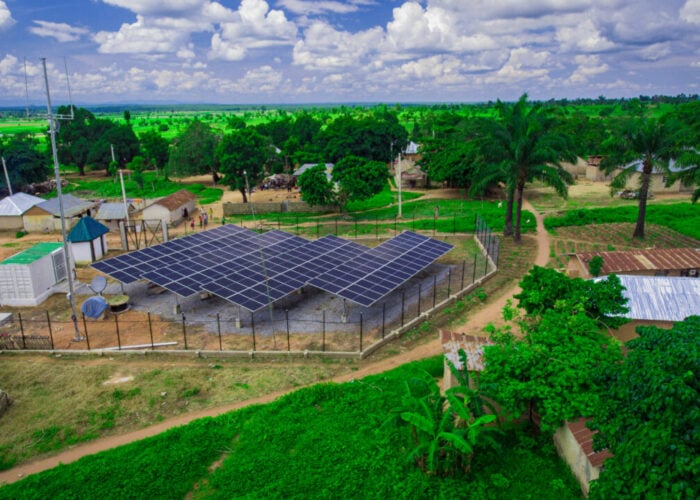
The US residential solar market could be rebounding from any pandemic-related slide far quicker than anticipated.
Panelists participating in a webinar organised by investment bank Roth Capital said that a V-shaped recovery was now on the cards. Others on the call suggested that current sales had recovered to February levels.
Unlock unlimited access for 12 whole months of distinctive global analysis
Photovoltaics International is now included.
- Regular insight and analysis of the industry’s biggest developments
- In-depth interviews with the industry’s leading figures
- Unlimited digital access to the PV Tech Power journal catalogue
- Unlimited digital access to the Photovoltaics International journal catalogue
- Access to more than 1,000 technical papers
- Discounts on Solar Media’s portfolio of events, in-person and virtual
Or continue reading this article for free
While such performance would still be down some 40% lower than expectations, it would constitute a major boon for US installers that have warned for a significant slump in sales throughout Q2 2020.
Financial disclosures from both SunPower and Vivint Solar earlier this month suggested that installations had yet to feel the brunt of the pandemic in the first three months of the year, forecasting that the harshest impacts are still to come. It was a similar story for Sunrun, however Sunnova broke the mould by reporting a jump in installations in Q1, helping it to maintain its guidance for the full year.
Manufacturers have also feared the worst. Microinverter supplier Enphase Energy, which derives around 90% of its revenue from the US market, warned that revenues in Q2 would slide, pointing towards industry reports suggesting installs had fallen to somewhere between 30 and 50%.
A full recovery is, however, still expected to be some way off. Even with a V-shaped recovery, residential installs in the US are still expected to be relatively flat throughout this year, building towards strong growth in 2021.
The analysis is more buoyant news for an industry that has been widely expected to struggle in the coming months. Earlier this week the International Energy Agency revised its forecasts for solar deployment this year downward, stressing that the distributed solar segment looked to be particularly hard hit.
Participants on Roth’s webinar, held yesterday, also noted that while inverter prices in the country had remained steady, more than 40% of those present had recorded a decline in panel prices on the market.







